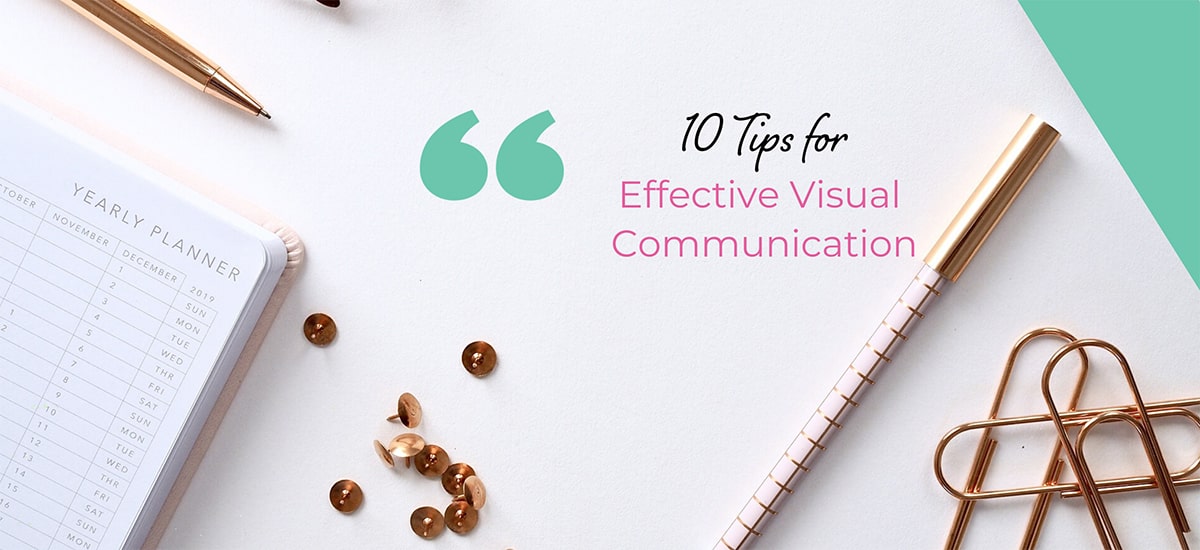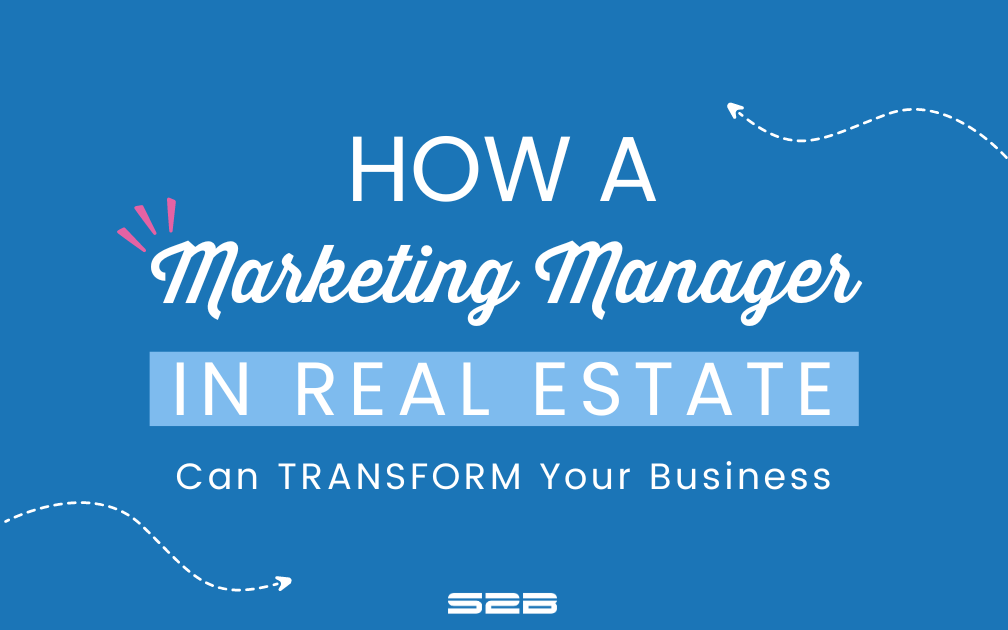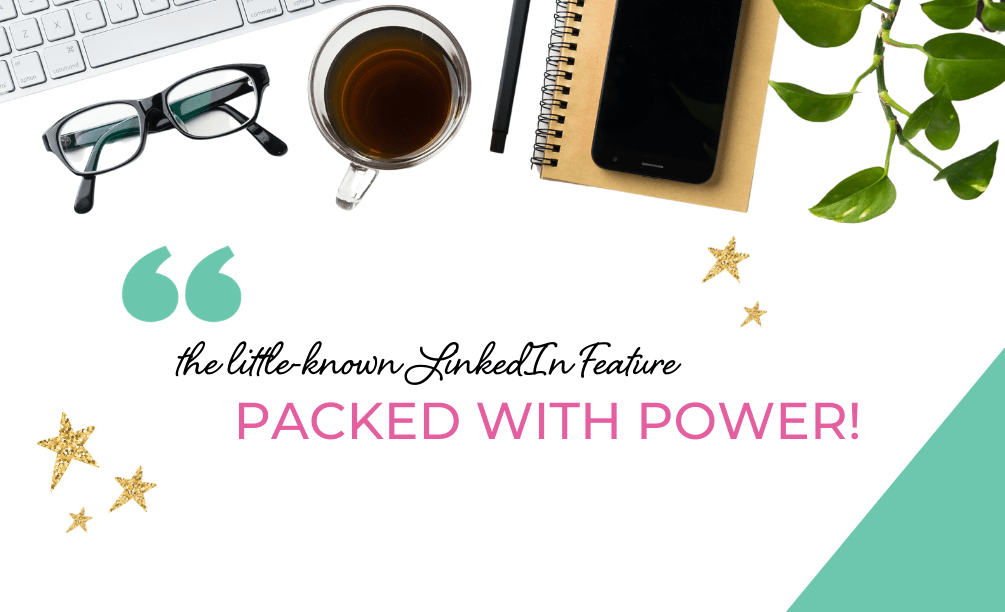Improve your website design with these 10 simple & effective tips

Ready to improve your website design? It doesn’t matter if you’ve got a website, or you’re thinking about launching one for your business — your site is a crucial part of your sales funnel. If it’s not so great at communicating with your target audience, it’s pretty much pointless to have.
Worse, a not-so-optimized site will actually turn away your audience and cost you tons of money.
So how do you fix it (or make sure you don’t screw it up)?
Start with these 10 simple & effective ways to improve your website design. Though I won’t get into details about accessibility guidelines, these 10 tips will surely help you boost the look and feel of your site so you can get your message across.
1. Typography
There are a ton of cool fonts out there, from flowy to fast to pictographs. But even if you’re offering calligraphy services, people need to be able to (easily) read what’s on your website.
Remember that you don’t have much time with the eyeballs that end up in front of your site. Visitors like to scan the easy stuff first, and then if they’re interested they’ll dive into the finer points of what you’re offering. You don’t want to complicate any part of that process by using font that’s hard to read.
So as much as you want your typography to reflect your personality, don’t do it with Lucida Handwriting, Papyrus, or Curlz. Instead, choose simple fonts like Arial or Times New Roman.
The easier it is to read your web copy, the easier people can find what they’re looking for.
2. Color
You’ve seen sites that don’t use color effectively. Your eyes almost want to scream at the clashing blues and greens, the annoying bright yellows, and the color contrast that gives you double-vision.
My advice about color is, once you choose the right palette, don’t use more than five different colors. Of course you can use different shades of these colors for emphasis, subtlety, or other appropriate effect. But five is the magic number when it comes to offering the right balance.
3. Iconography
Great icons go a long way to serving your website visitors, from helping them navigate, to breaking down ideas, to stressing calls-to-action. And of course, they’re an effective vehicle for conveying your personality and your brand.
With all that in mind, you don’t have to reinvent the wheel when it comes to picking or creating icons. After all, they’re meant to boost comprehension, not make people say, “What the heck am I looking at?” So choose or design icons that are simple and easy to understand.
And where possible, use icons that are universal. Everyone’s familiar with the shopping cart, search, and menu icons. You can put a little of your own spin on things, but don’t re-do it altogether. Keep visitors comfortable with icons they recognize.
4. Callouts
These do a fantastic job of highlighting important information. Please use them sparingly.
If you fill up your pages with callouts, nothing will seem important. Your visitors will likely turn away without remembering the good stuff you had to say.
For example, if you want to call attention to how many clients you’ve helped, don’t break down all the different statistics about these clients. Just stick to a few of the key points, like the number of satisfied people and the most popular problem you solved for them.
And here’s another thing about callouts — keep them simple and clean. Like your design as a whole, you want to avoid filling them up with clashing elements or things that are out of proportion.
5. Negative space (aka white space)
Great design hinges on effective use of negative space. Part of knowing where to place elements is knowing where not to place them. Once you start cluttering up your pages, your messaging becomes incoherent.
Think about how difficult something is to read when there’s a lot going on around it. You can apply this concept to your site’s overall design and to the elements within it.
That block of text and that icon complement each other, but not when they’re tightly packed and smashed together with the next group.
That callout has some useful stats, but not when it’s hard to read. Clean it up by changing it into a bar graph or a simple chart.
TL;DR — let your design elements breathe.
6. Illustration
This is where it’s easy to get cute with design, especially if you work with a designer who’s also a talented illustrator.
Good illustrations can help you enhance your content.
They can. But that doesn’t mean they will.
Use them too much or in the wrong way, and suddenly nobody wants to look at your content because it’s confusing or doesn’t have a consistent tone.
Break a sentence in half to cram the second part into an illustration? That’s hard to read.
Put up some cute doodles when you’re all about serious business? That’ll make people second guess you.
Like other elements, use illustrations sparingly and only in places where they’ll make your content better.
7. Layout
Layout is one of the most important factors to consider if you want to improve your website design.
People are used to doing things a certain way. When it comes to scanning and reading, our brains are trained to go from left to right, top to bottom. What helps tremendously with this is when information is laid out in a neat and organized way.
That means that when you put all of the elements together, they should guide your visitors. Your layout should hold their hand, take them step-by-step, and show them a clear, logical path through your information.
Remember negative space? That’s really important here, because it helps you define boundaries between your content and keeps things orderly. Visitors will know what to expect.
So with the right layout, those eyeballs will feel totally at ease soaking up your content.
8. Comparison
You probably have some great data points that you use in your pitch. The thing is, if you visualize your data the wrong way, it makes it confusing or harder to remember. When comparing data, your design should make it easy to pick out the differences.
For example, if you’re showing stats that compare the percentage of total buyers (55%) vs sellers (45%), how are you going to visualize it clearly? If you use a pie chart, it won’t be very easy for readers to spot the 10% difference. A bar graph would be much better.
9. Accuracy & proportions
Trust is key to building relationships. Part of that means you need to accurately depict values that you show with your designs. Otherwise, your visitors will feel kind of cheated or as though you’re not super trustworthy.
Example: If 85% of your clients gave you a five-star review, don’t shrink the 15% that didn’t.
Remember that authenticity needs to be present in your design, too.
10. Simplicity
It’s been a theme throughout all of these tips, but simplicity is one of the most important parts of your design. You might get tempted to throw in a little extra here and there, but keeping things simple is the way to go.
Maybe you want a bar graph to compare stats about three popular home types. You might be tempted to add a picture of each or some extra data points. But when you do this, you start to clutter up the messaging and it gets harder to read.
So just stay simple. Use a clean graph, state the home type, and show only the most important number. This makes your data valuable to visitors and it’s something they’ll probably remember.
I want to help you improve your website design AND a whole bunch of other stuff, too.
What kind of stuff? I’m here to give you a hand with things like Instagram, Facebook, ad strategies, and lots more.
All you gotta do is subscribe to get tons of marketing gems!



